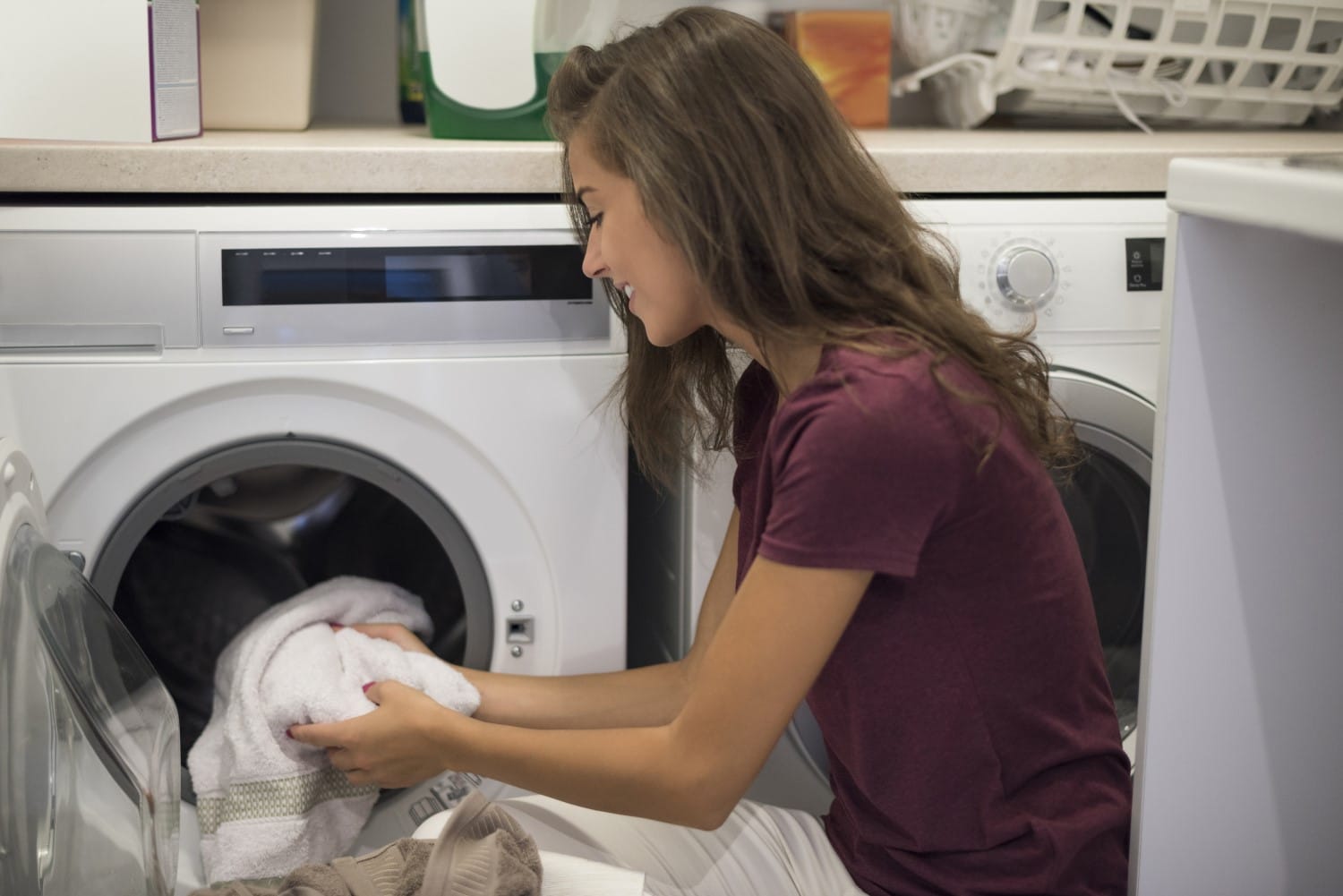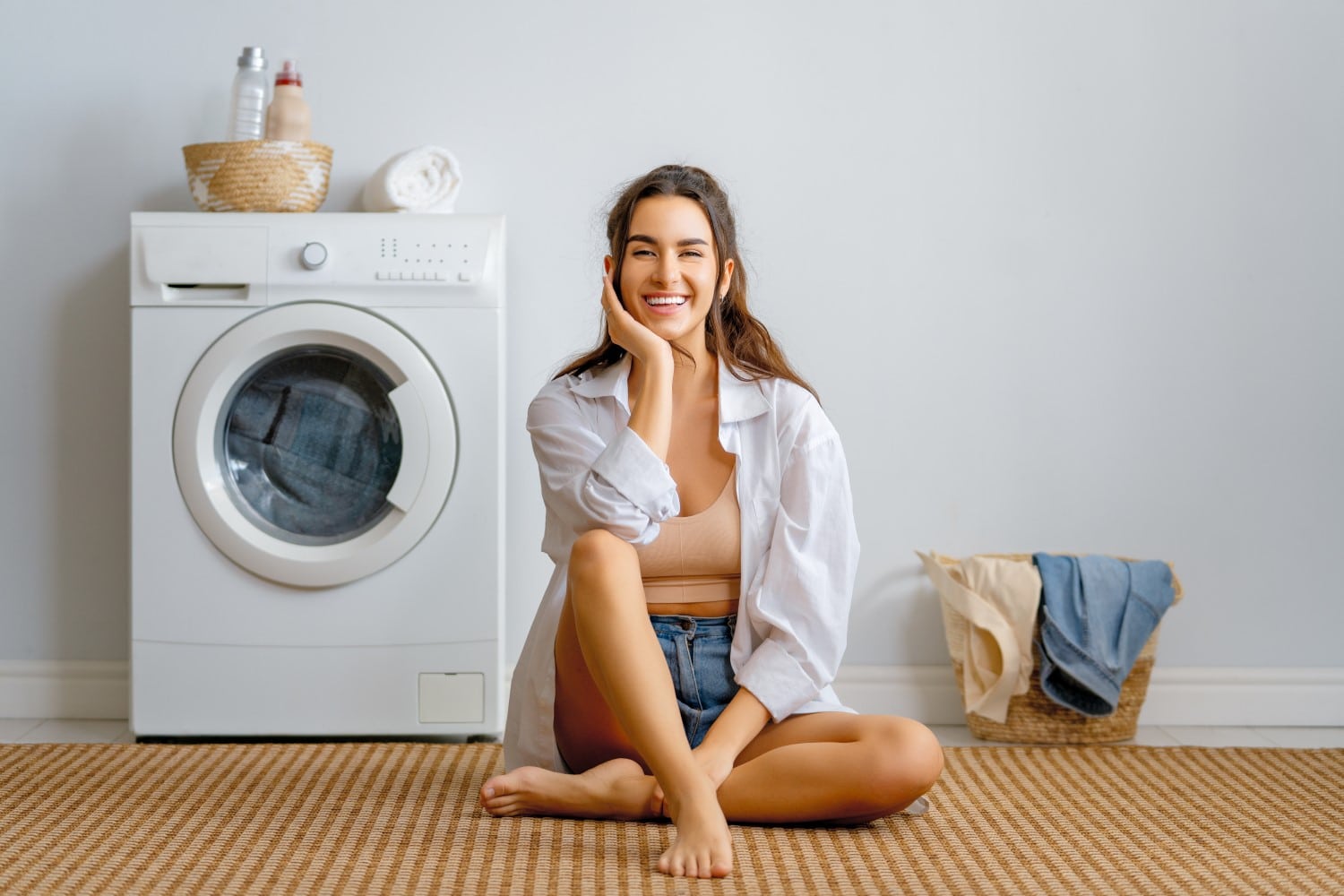Steam ovens are now a popular kitchen trend, along with individual blenders, juicers, and air fryers. How does a steam oven work? Steam ovens use steam, not hot air, to cook food. Find out more about steam ovens and the pros and cons to help you decide if this cooking technique is right for your needs.
How Do Steam Ovens Work And Does My Kitchen Need One?
Steam ovens are simple to use and offer healthier eating options. What are the benefits of steam ovens and how do they work? This information will help you make an educated decision for your kitchen.
What is a Steam Oven?
Convection and standard ovens use hot air to cook food that has been heated using an electric or gas heating element. A steam oven, however, uses no hot air. It converts water to steam. Many steam ovens are small and countertop-friendly, so they can be used in conjunction with convection ovens or standard ovens. Many convection wall ovens include a steam option. This allows you to combine both cooking techniques in one wall unit.
How does a steam oven work?
Instead of using an electrical heating element or gas, steam ovens require water to make steam. Some steam ovens are connected to the home’s water supply for continuous water access. The majority of steam ovens are made up of a small, sealed tank that must first be filled with water before it can be used. This tank holds water that is then heated in an oven’s built-in boiler until it reaches 212. At this point, water becomes steam.
The steam is released from the oven’s cavity when the water reaches this temperature. How do steam ovens cook food? Water is a much better conductor than air. After the steam is released into the cavity of the oven, moist heat envelopes the food for rapid cooking.
Should I buy a steam oven?
Consider the pros and cons to help you decide whether this steam oven is right for you.
Do steam ovens have many advantages?
- Cooking healthier: Many foods are damaged by heat from convection and standard ovens. This heat can also dry, which means butter and oil are needed to retain moisture. Steam allows food to retain its nutrients better during cooking. Its humidity keeps food moist which reduces the need for oil and butter.
- You get a better flavour and texture. The steam oven’s gentle heat makes it easier for food to retain its texture, flavour, colour and flavour. It also creates a more pleasant eating experience. What’s the purpose of a steam oven? You can steam cook vegetables and fish to perfection. This preserves their colour and moisture. Also, sauce-cooked meats and rice will be fluffy and perfectly moist.
- Convection ovens have a faster cooking time because water conducts heat more efficiently than air. A standard oven may not cook evenly due to the presence of cool and hot air pockets, but steam produces a steady heat that is more even.
- Improved reheating: A steam oven can heat leftovers and not dry them out like a standard oven.
Steam oven disadvantages:
- Price: Convection and steam ovens, as well as combination steam/convection ovens, are much more expensive than conventional and convection models. Prices range from R23500 to R80000. Although a countertop steam oven may be less expensive, it can still cost you between R6500-R9500.
- Temperature limits and absence of browning: The steam’s concentrated heat can make it feel hotter than 100 degrees celsius and can cook many foods. However, it’s not the best method for every food. Convection or standard ovens are best for browning meats. This oven is also great for baking muffins, bread, cakes and pies.
- The labour-intensive cleaning of steam ovens: What is the best way to clean them? To prevent condensation buildup steam ovens need to be cleaned after each use. To prevent hard water buildup and mould, the water tank must be regularly descaled.
No matter what model you choose, heating issues may still happen, regardless of whether it is convection, steam or standard oven.





